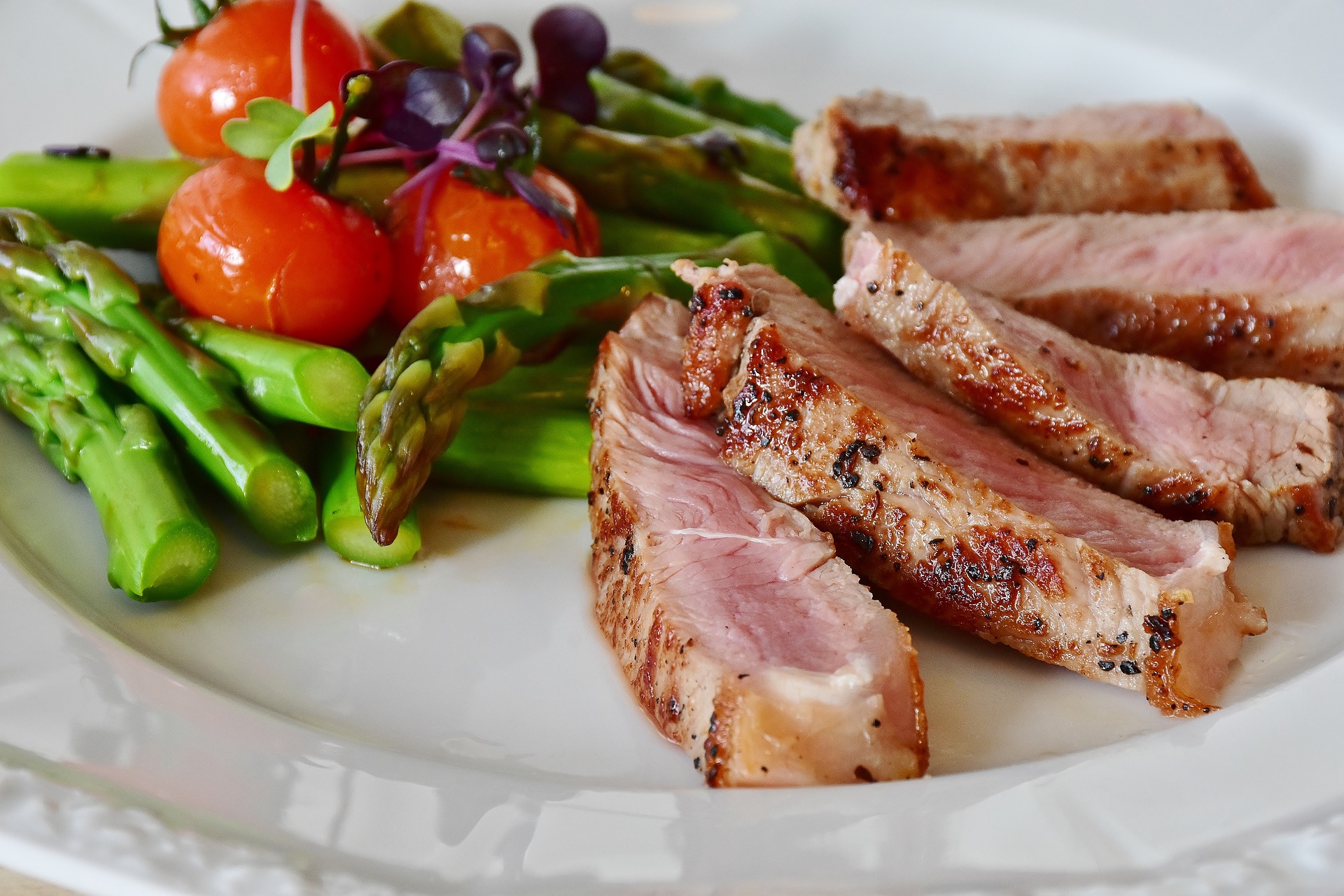
A common generalization of dieting is that you have to eat extremely boring foods to get results.
Rice. Chicken. Broccoli. Rinse. Repeat.
Welcome to flexible dieting, also known as “If It Fits Your Macros” or “IIFYM.”
I’ve detailed macros in previous posts. If you want to get on a flexible dieting plan, or if you simply want to learn about macros and building a meal plan, I’d suggest checking out the following links…
- How to Set Up Your Macros (link to my old blog)
- How to Track Your Macros
Both of those articles detail how I’ve eaten on a daily basis to achieve my training goals (i.e. put on muscle). Now I’m using those principles to shed body fat. Once again, I’m utilizing flexible dieting to get results.
The basic theme and attraction to a flexible dieting plan is that you can still eat the foods you love and see results by fitting them in to your macro plan – aka if it fits your macros.
As is a running theme on this blog, I figure I can give you a few examples of how I utilize flexible dieting, as well as strategies that make my meal plan consistently achievable every single day, so that you can make sense of this idea and apply it to your own life.
Strategies
My general strategy with flexible dieting is to have a set of regular foods that are part of my every-day routine. By having a few consistent elements, it makes it easier to know how many macros I’ll have left over to dedicate to the remainder of my calories. I’m able to “flex” those foods into my diet.
An easy one is breakfast. For many of us, there’s not a lot of time in the morning to get creative with breakfast. We need to get up, get ready, and get moving. I’m the same way, so a simple breakfast bar and protein shake gets the job done, and I always know it will account for 310 calories (20 carbohydrates, 37 protein, 11.5 fat).
I also take my lunch to work every day (always a helpful tip when you’re dieting) and I try and make this as streamlined as possible, too. Rice, ground turkey, spinach, and a couple apples are my go-to at the moment, which translates to another 812 calories (113 carbohydrates, 19 fat, 60 protein).
Add my breakfast and lunch together, and I know that I have a little over 1,100 calories off the books each day. I know I’ve made a certain amount of progress toward each macro goal, and I know come dinner time and a late-night snack how many calories/macros are left for the day.
Having this structure makes hitting my macros every day an easy task. Honestly.
Examples of Flexibility
As I mentioned earlier, flexible dieting is a great way to fit in foods you love. Well, one of my favorite foods is a chicken burrito from Chipotle. The thing is, the burrito I like to get runs me a little over 900 calories and carries a whopping 30 grams of fat!
Fitting 30 grams of fat into any diet in one meal is tough. It gets even tougher when you have no clue how many calories you’re consuming on a daily basis. However, with a flexible dieting plan, it’s not a terribly difficult task.
I had my normal breakfast on this day and knew I had my rice, ground turkey, spinach, etc. on deck to eat later on, so I utilized a period of intermittent fasting, had my Chipotle for lunch, and still fit in another meal later in the day to fill up the rest of my macros.
You can also do something like this to fit something smaller, like a dessert, in to your macros. I’m a big fan of ice cream, so regularly I’ll withhold some rice from my lunches to save carbs for later in the evening. That gives me the flexibility to fit in yet another food that I love, and that will help me stay on my diet.
Conclusion
Dieting doesn’t need to be terrible. Too many people assume it does, and find themselves miserable in a diet. Too often, that misery leads to abandoning the diet and personal goals altogether.
Part of setting up your macros is creating a meal plan that’s sustainable for you. Part of what makes any diet sustainable is enjoyment, so try and fit in enjoyable foods from time to time. It’s going to help you remain consistent.
If you have any questions on flexible dieting, feel free to contact me. Or, if you’d like coaching regarding your diet or diet strategy, let’s start a conversation. I’d love to help.
Thanks for reading!
—
CGF